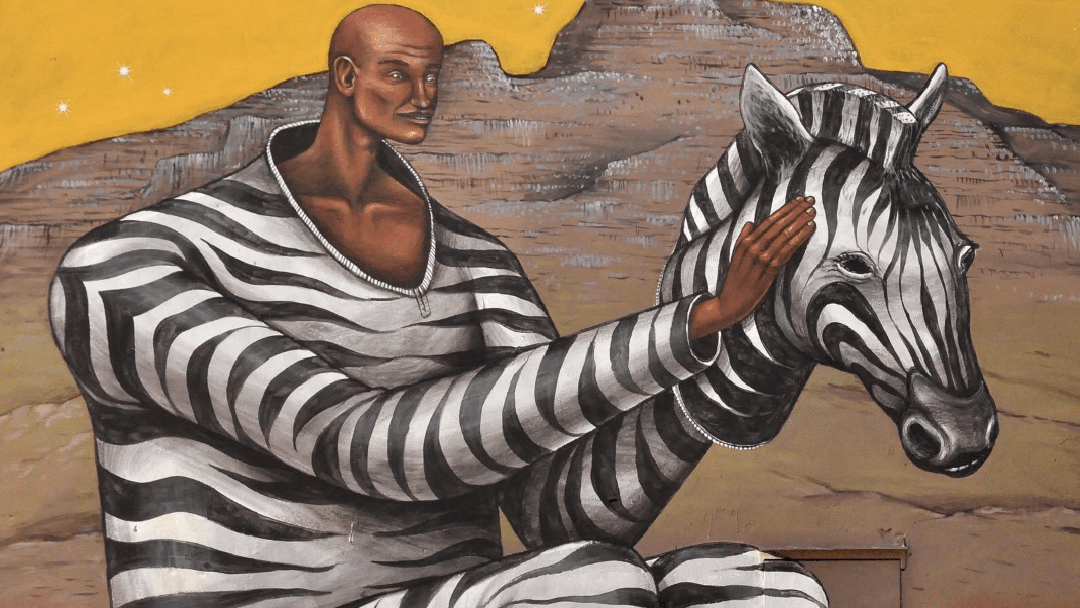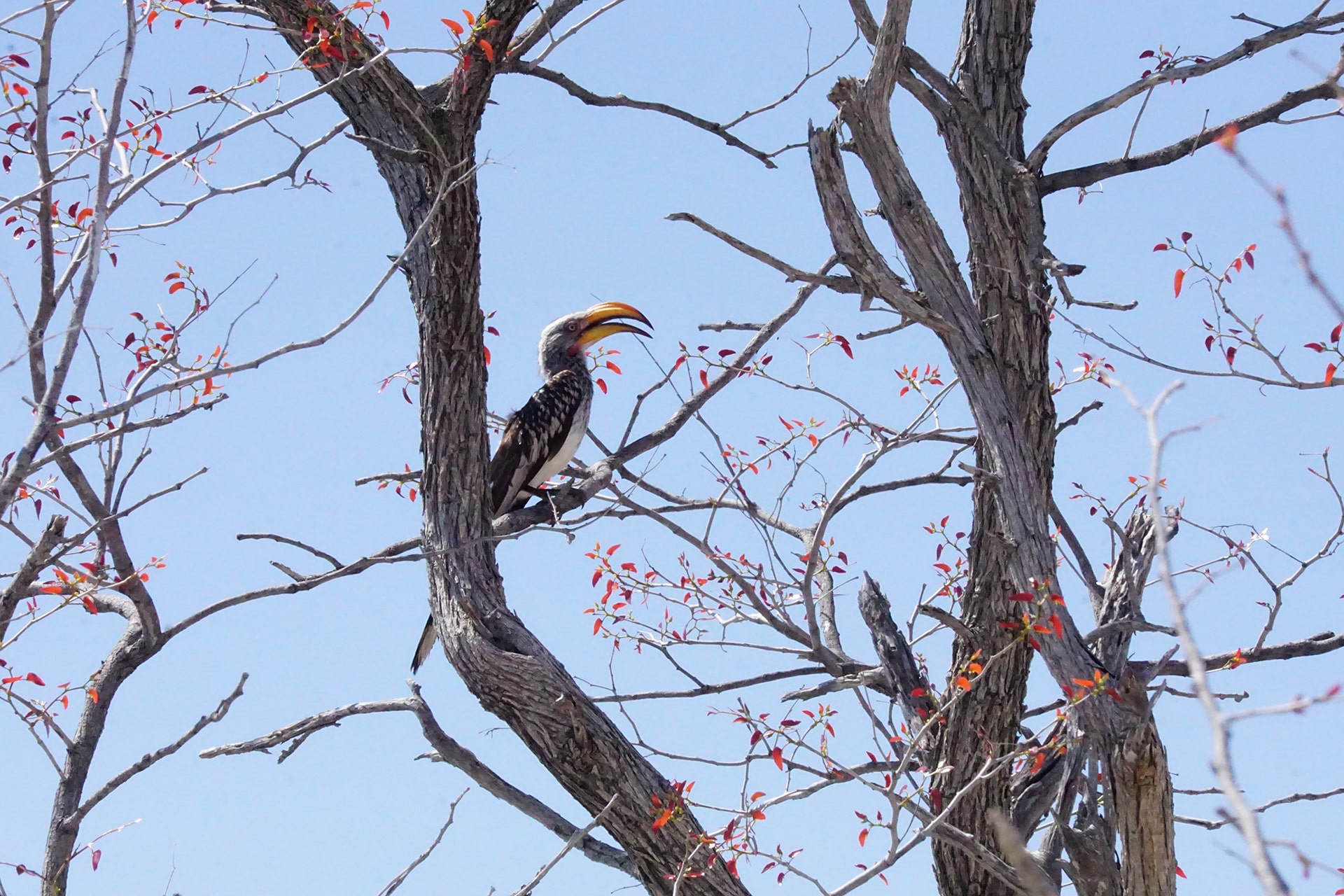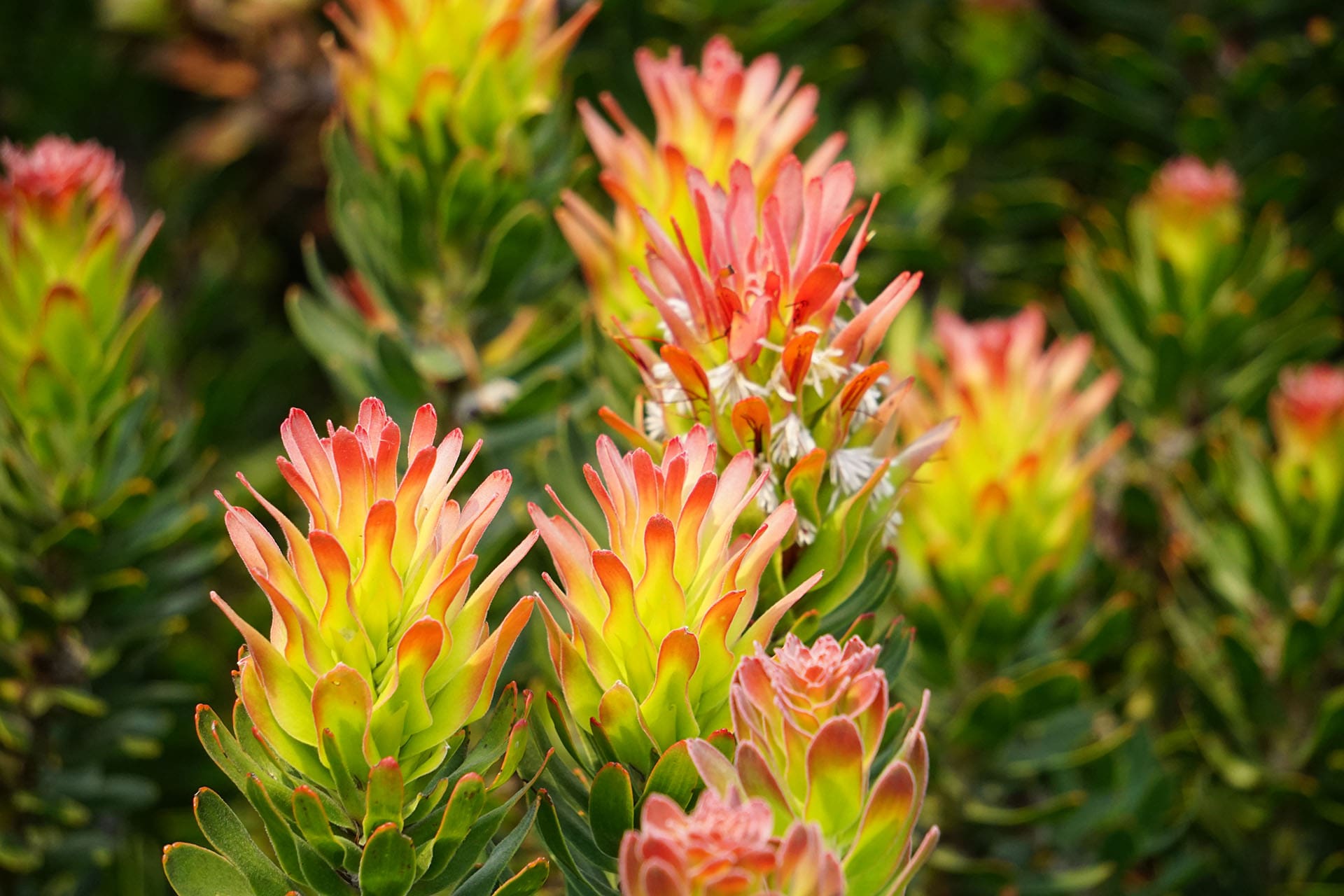
Staying Safe in Woodstock, Cape Town
Prior to our recent trip to Africa, Woodstock was not on the initial list of places to visit in Cape Town. However, the promise of the “panoramic views of the city” by a local Airbnb owner caught our attention. Following an 30-hour trip from Boston to South Africa and a short taxi ride from the airport, we finally reached our destination. Wrestling with the jet lag and fatigue, we were slowly settling down. Urged by the nagging hunger, we decided to venture out and explore the neighborhood. Within an hour, we were on our way to the Old Biscuit Mill, just a mile away.
Walking in Woodstock
This was an early evening and the end of a work day. The factory workers started pouring out through the gates of the local factories, quickly filling up the streets and the bus stop areas. Unlike other more segregated neighborhoods we stayed at during our time in Cape Town, Woodstock was a multiracial community. As we learned, it also represented a poster child of the ongoing urban gentrification in the city. As a true melting pot, is had a special edgy vibe and, admittedly, some rough element.
When we inquired with two local residents whether it was safe to walk along Albert road, the answer was “sometimes it is…”. While buying a bottle of water at a small local shop, its owner provided us with an unsolicited advice at the checkout: “You must be new around here, as you keep too much cash visible in your wallet”.
The Price of Revival
In the recent years, Woodstock has been undergoing a makeover from a grim industrial patch into a vibrant business hub and an attractive residential area. However, this recent transformation has come at a cost. As the property values kept rising, less fortunate long-time residents of Woodstock were experiencing evictions and displacement. Many ended up living in the rusty metal shucks on the nearby “human damping” grounds, like Blikkiesdorp (“Tin Box Town” in Afrikaans). While widely criticized for not being more inclusionary, the undaunted entrepreneurs have remained busy at work. Almost on every corner, you will see examples of new and beautifully restored residential and commercial buildings.
The Old Biscuit Mill
When we finally got to the Mill, we discovered several artsy shops, creative studios and eateries on the block. There was also a secure larger parking area nearby. If you, just like us, has failed to make a several-months-in-advance reservation to The Test Kitchen (which is ranked among the best restaurants in the World with an impressive list of domestic and international awards), try a juicy lamb burger (The Karoo Grazer) at Redemption Burgers instead. Don’t forget to complement it with a pint of refreshing local craft beer or cider. They are simply delicious! If you are in the area on Saturday, make sure to visit the Neighbourgoods Market. It’s best experienced early in the morning, before the crowds.
Street Art in Woodstock
Visiting Woodstock during the day, one can then embark on an “street art safari” for entertainment. This is a recent urban art project featuring a variety of masterpieces, including the creative “Black or White?” mural (see the blog post image) by Aleksei Bordusov aka Aec Interesni Kazki. For a detailed “street safari” itinerary and other things to do in Woodstock, check out the “Secret Cape Town (Local guides by local people)” book by Justin Fox and Alison Westwood. It is also loaded with other recommendations for “off-the-beaten-track” places to explore while staying in Cape Town.
Safety Rules and Water Shortage
After our “night out” (the Old Biscuit Mill closed at 5pm), we prudently flagged down a taxi to get back to our place. Using public transport or walking the backstreets of Woodstock (especially after dark) was not widely advised by the local residents and the visitors alike.
Aware of the fact that Cape Town was going through its worst drought in decades, we kept our showers very brief. We also collected the water for re-use, as requested by our host in her “instructions for the guests”. We learned later on that this was just the beginning of the worst drought in Cape Town in decades. Struggling with the stubborn jet lag, we finally fell asleep. The calls to the morning prayer were coming from a nearby mosque, breaking the silence of the night.




